Tons of fake functional foods seized by police - Photo: VTV
Although the management agency claims to have many control measures, reality shows that the management of this field still has many loopholes.
From "explosive" advertising to fake quality
According to a survey by the Vietnam Functional Food Association, functional foods are increasingly popular in Vietnam with a growth rate of about 15% per year. However, the rapid development of these products has led to a series of consequences such as floating products, exaggerated advertising, and even counterfeit quality.
Associate Professor, Dr. Tran Dang, President of the Vietnam Functional Food Association, said there are three common ethical violations in the field of functional food advertising today: false advertising, deceiving consumers; exaggerating the effects or vague advertising that can be mistaken as medicine; taking advantage of the image of doctors, artists or hospitals to affect the psychology of patients.
"Up to 80% of advertisements for disease prevention and treatment products on social networks are actually 'disguised' functional foods," said Mr. Dang. Many patients have lost money and health because they believed these advertisements.
However, not only stopping at "explosive" advertising, recently the investigation agency has continuously dismantled fake functional food production and trading chains, causing confusion for many consumers.
At the end of April, the police agency dismantled a production and trade ring of fake functional foods, produced by two companies MediPhar and MEDIUSA. The investigation agency determined that the suspects used the trick of printing on the packaging and labels of the products as imported from the US, Europe... but in reality, they were mainly imported from China and bought illegally on the market.
In terms of quality, many components only achieved less than 30% of the declared level. When suspected of being investigated, the suspects dispersed and destroyed raw materials and products, and closed the factory. The consumers that this group aimed to sell products to were mainly the elderly and children.
It is worth mentioning that from the destruction of this counterfeit goods production line, the investigation agency prosecuted five officials of the Food Safety Department ( Ministry of Health ), including the former director of this department, for accepting bribes to "approve" product announcements and factory testing.
The people who are supposed to be the last "shield" for products to reach the market are actually the ones "facilitating" fake products to reach consumers.
A batch of fake functional foods worth up to 100 tons was discovered and seized by the police - Photo: Provided by the police
Businesses register one way, produce another
Ms. Tran Viet Nga, Director of the Department of Food Safety, Ministry of Health , said that counterfeit goods in general, and fake food in particular, exist not only in Vietnam but also in many countries around the world. In Vietnam, in the face of recent consecutive cases being busted, Ms. Nga admitted that there are certain difficulties.
Ms. Nga said that there are businesses that deliberately "disguise" medical nutrition products and foods for special diets as functional foods to avoid stricter capital management regulations. Or there are factories that meet the standards for producing functional foods but deliberately fake them, making them different from the standards announced.
Meanwhile, according to the law, functional foods are being managed under a post-inspection mechanism. Organizations and individuals who bring products to the market, register their business, declare their products to the competent state agency, the Ministry of Health/Department of Health, and are responsible.
Depending on the type of product, the management agency will conduct post-inspection and handle and punish organizations and individuals who violate the law on trade and consumer protection.
The post-inspection "shield" is considered the only measure to control these products. However, in reality, the post-inspection has not met expectations. According to Ms. Nga, the number of products is large, the post-inspection workforce is thin, and the budget is also very difficult, so the post-inspection has not achieved the expected results. Localities mainly focus on taking samples to check safety indicators.
The gap in post-quality inspection is clearly seen in the statistics of handling violations of the Food Safety Department from 2020 to present. From 2020 to 2024, there has been no handling of violations in testing nationwide.
Most of the violations handled were related to labeling, advertising, quality, declaration, and food safety conditions. In the first 5 months of the year, the department handled two violations related to testing, imposing fines of more than 187 million VND.
Localities also said that current post-inspection mainly checks safety indicators, not quality. One of the reasons is that there is no funding for this activity.
Major General Nhu Thi Minh Nguyet, Deputy Director of the Department of Environmental Crime Prevention Police, Ministry of Public Security , also pointed out loopholes in post-inspection because there were businesses that were discovered by the police to have violated and were criminally prosecuted, although there had been two previous food safety inspection teams but no violations were detected.
"Currently, post-inspection work mainly checks published indicators, not quality. In addition, inspection teams often notify in advance, leading to limited detection of violations," Ms. Nguyet commented.
Plugging the "loophole" in functional food management
A series of cases from advertising functional foods as medicines, counterfeiting functional foods with targets reaching only 30% of the announced ones to prosecuting the former director of the Food Safety Department for the accusation of "creating a loose mechanism" for businesses when inspecting production plants, and product declaration papers that do not comply with regulations are a wake-up call about the "laxity from the root" situation in the management of functional foods.
The Ministry of Health is proposing to amend Decree 15 to tighten the product declaration process, increase post-inspection and quality testing instead of just safety testing. In addition, it is necessary to establish specific regulations on the responsibilities of advertisers and advertising platforms, and apply traceability technology to protect consumers.
Deputy Director Minh Nguyet also suggested that the food safety management model needs a unified focal point. It is necessary to summarize and revise Decree 15, conduct a comprehensive review to build legal documents suitable to current practices.
According to Deputy Minister of Health Do Xuan Tuyen, to manage functional foods, we first need a unified agency for food safety management. At the same time, we need to urgently complete the amendment of Decree 15 to submit to the Government before May 15.
According to the leader of the Ministry of Health, it is necessary to tighten the management of self-registered, self-declared and recalled products. Manage quality, not just safety. "We need to strengthen post-inspection and surprise inspections. At the same time, establish mandatory standards for functional foods, only products that meet the standards can be announced.
In addition, strengthen communication about functional foods, understand correctly, use correctly and do correctly. Propaganda about advertising ethics and advertising violations, handle both participants in advertising in newspapers and online. Finally, increase the level of punishment, amend the Criminal Procedure Code, increase the level of punishment to be enough of a deterrent," Mr. Tuyen emphasized.
WILLOW
Source: https://tuoitre.vn/con-lo-hong-trong-kiem-soat-thuc-pham-chuc-nang-20250515234928016.htm



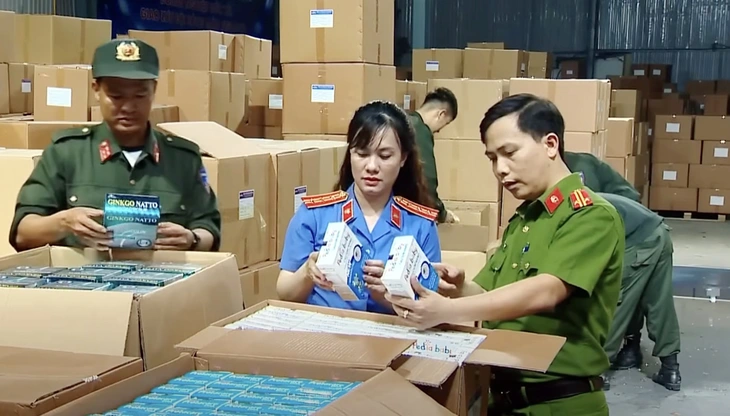
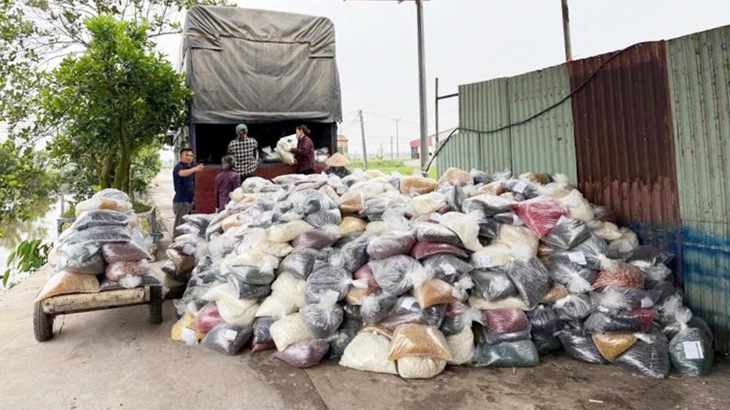



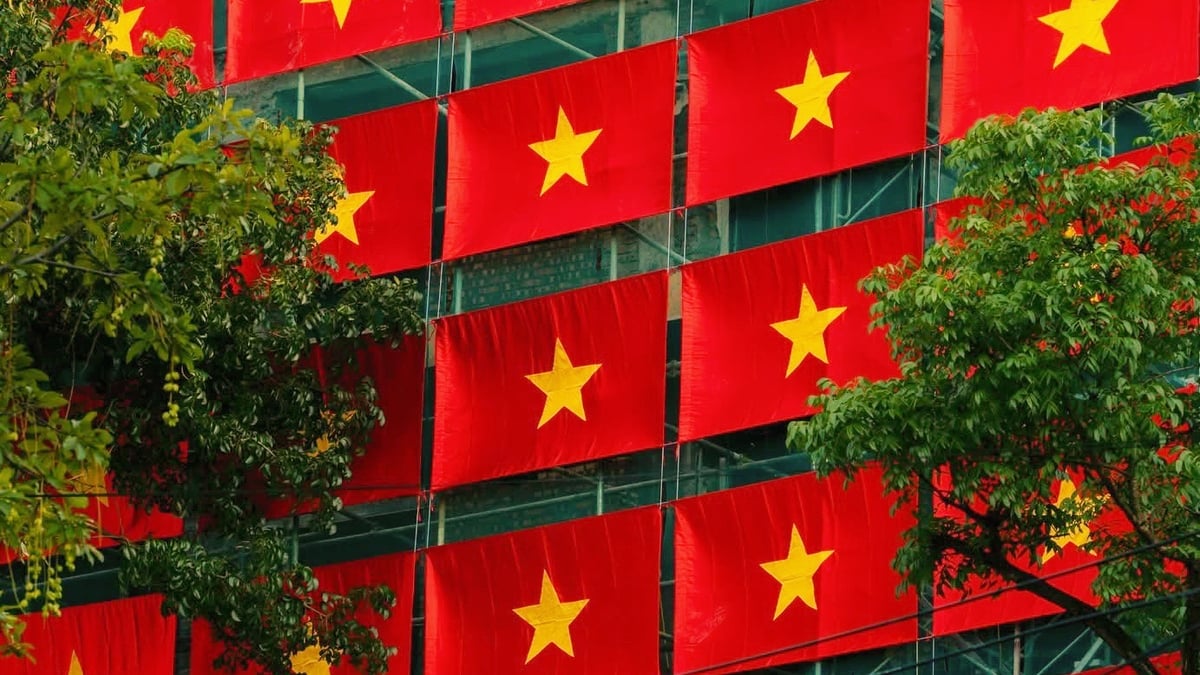
![[Photo] General Secretary To Lam attends the 80th anniversary of Vietnam's diplomacy](https://vphoto.vietnam.vn/thumb/1200x675/vietnam/resource/IMAGE/2025/8/25/3dc715efdbf74937b6fe8072bac5cb30)

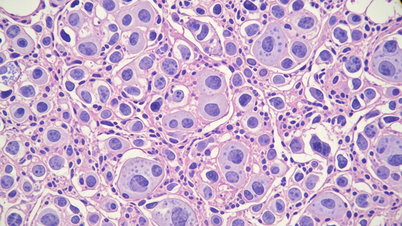

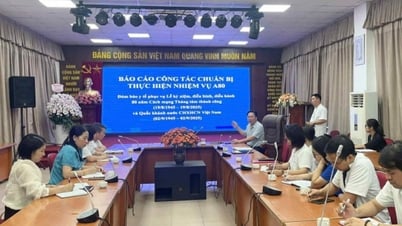

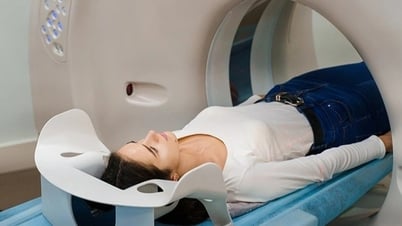

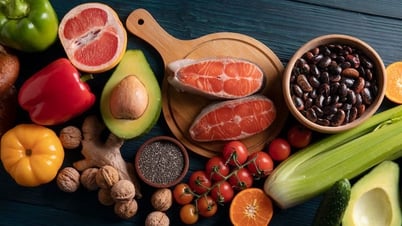
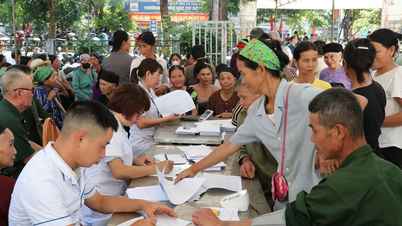










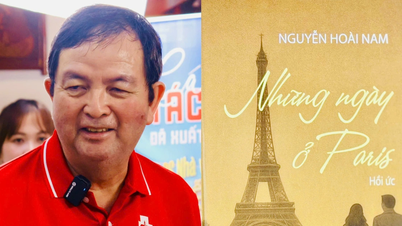





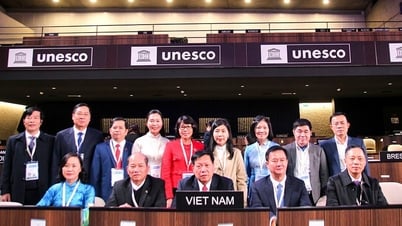

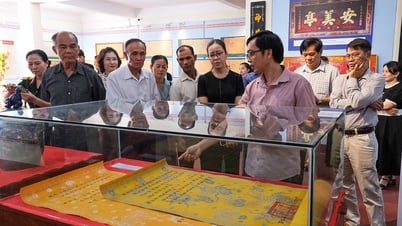










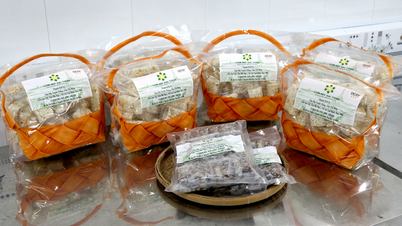

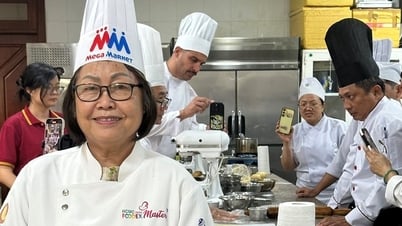
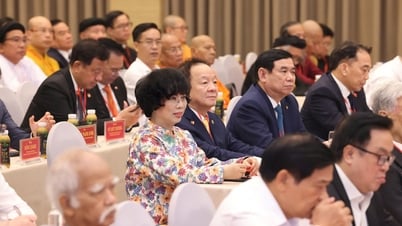



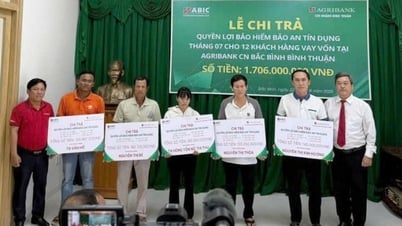










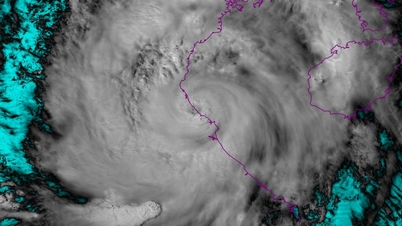




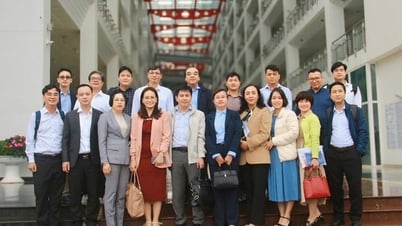
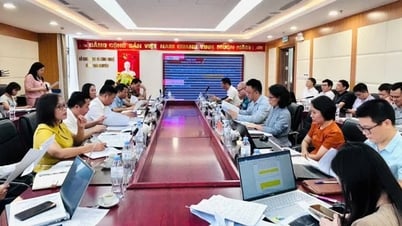


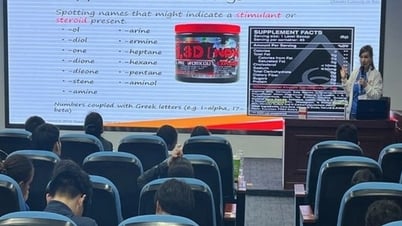
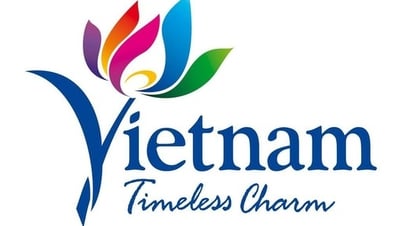




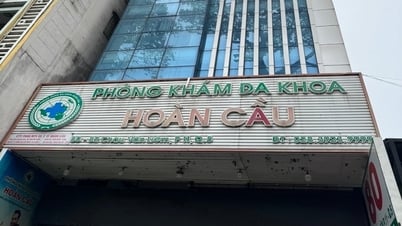



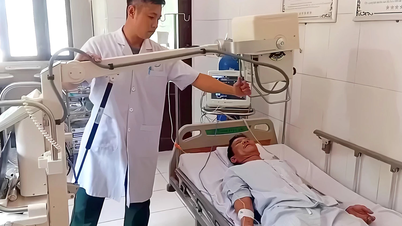




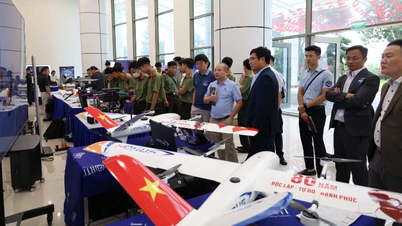
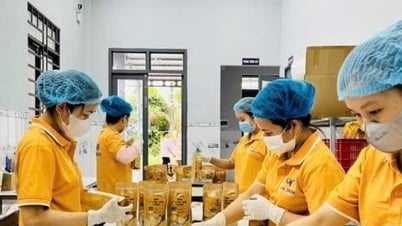
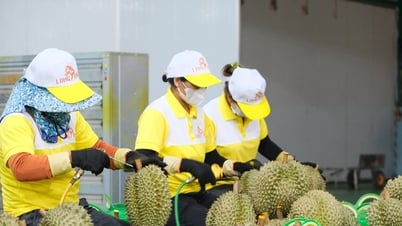

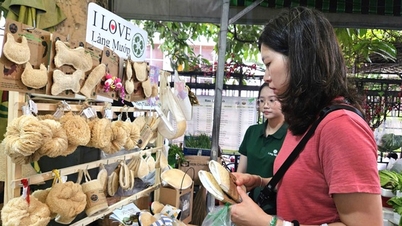




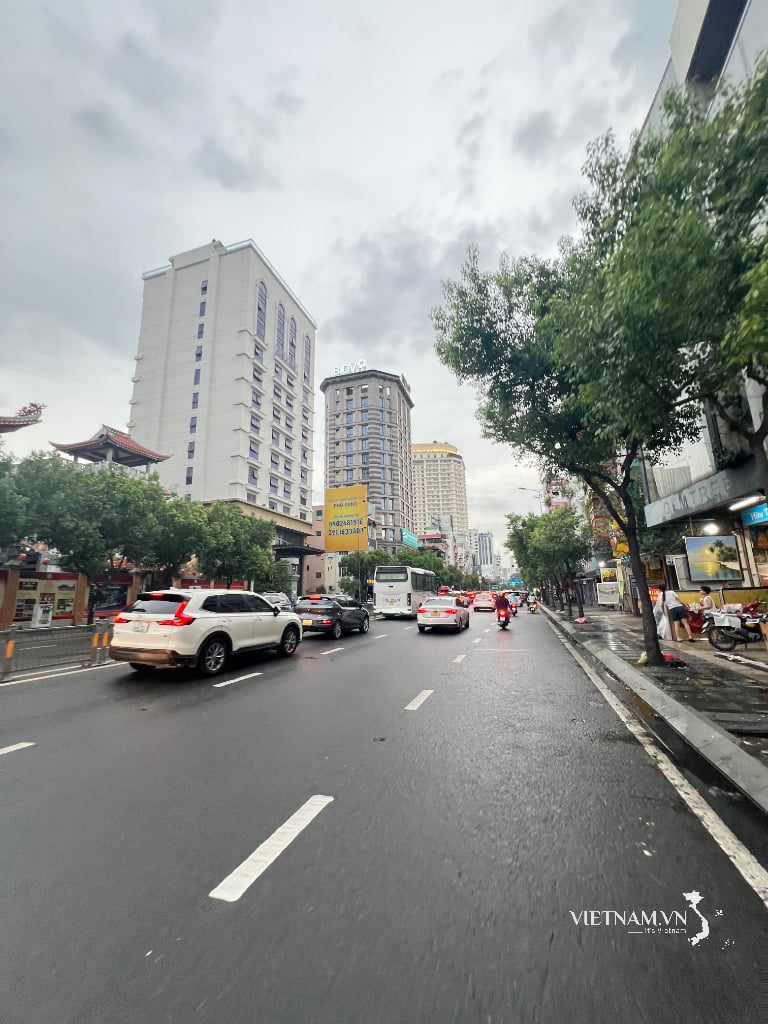
Comment (0)